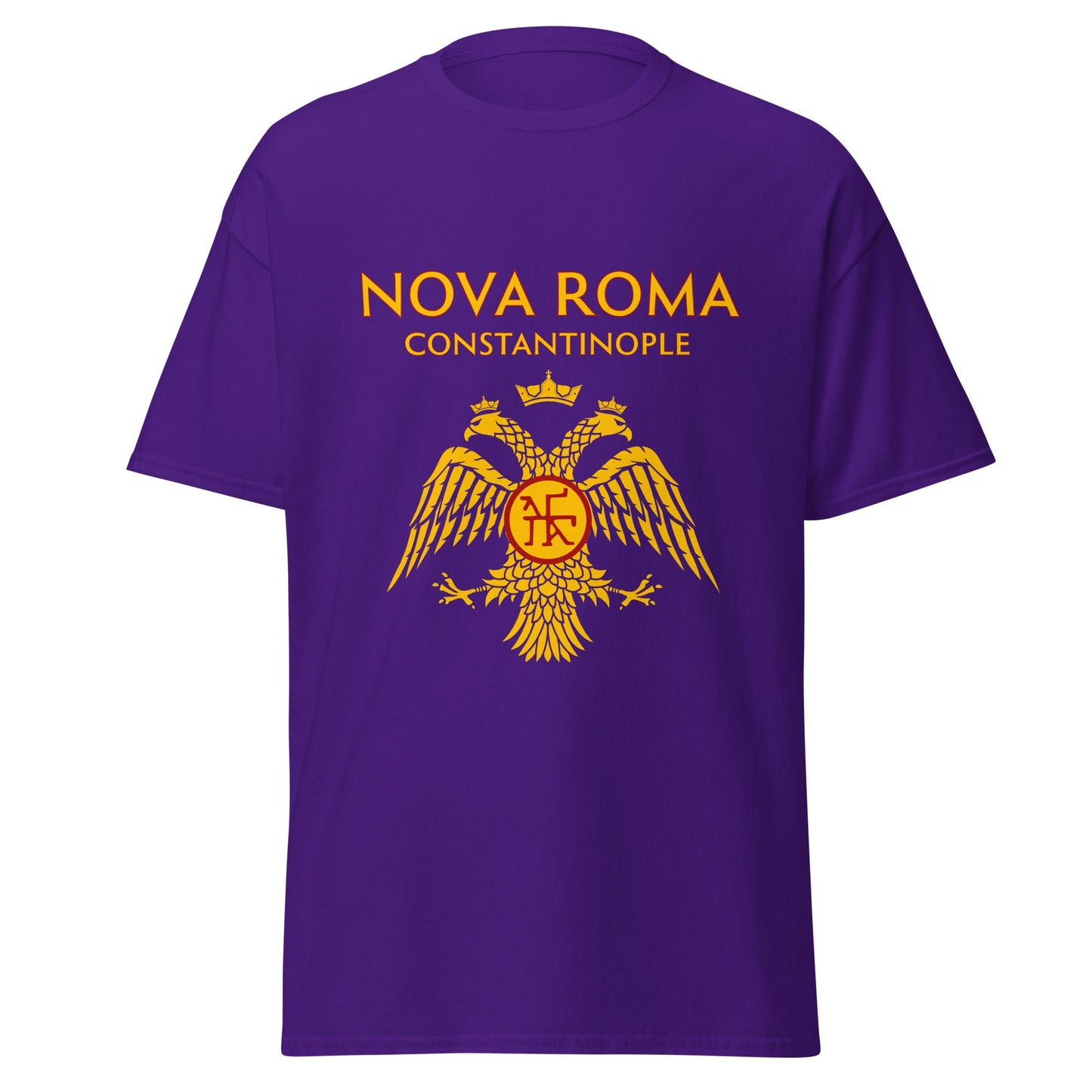
Gladiators: The Ultimate Fighters of Ancient Rome
Gladiators were professional combatants who entertained the Roman public with their brutal and spectacular fights. They were often slaves, prisoners of war, or criminals, who had to risk their lives for the amusement of the crowd. Some gladiators, however, were free men who volunteered to fight for fame, fortune, or personal reasons.
Gladiators fought in various types of arenas, such as the Colosseum, the Circus Maximus, or the amphitheaters of provincial towns. They were trained in special schools, called ludus, where they learned the skills and techniques of different fighting styles. Gladiators were divided into categories based on their weapons, armor, and tactics. Some of the most famous types of gladiators were for example the "Murmillo", a heavily armed gladiator who wore a helmet with a fish-shaped crest, a large shield, and a sword. He often fought against a Thracian or a Hoplomachus. Or the "Retiarius", A gladiator who fought with a net and a trident. He wore no helmet, only a shoulder guard, and a metal arm protector.
Gladiators fought according to a set of rules and regulations, overseen by a referee called a summa rudis. The fights were usually to the death, unless one of the gladiators signaled his surrender by raising his finger or dropping his weapon. The fate of the defeated gladiator was then decided by the sponsor of the games, who could grant him mercy or order his execution. The crowd could also influence the decision by cheering or booing. A gladiator who survived the fight was rewarded with money, gifts, or even freedom.
Gladiators were not only fighters, but also celebrities and icons of Roman culture. They had fans, admirers, and even lovers among the public. Some gladiators became so famous and successful that they achieved a status of heroes or legends. Some of the most renowned gladiators were of course Spartcus, a Thracian who led a massive slave revolt against the Roman Republic in 73-71 BC. He and his army of gladiators and slaves fought against several Roman generals and won many battles, until they were finally defeated by Marcus Licinius Crassus. Spartacus died in battle, but his name and legacy lived on as a symbol of freedom and resistance. Spartacus was supported by another famous gladiator from Gaul called Crixus, who fought as a Murmillo. He was one of the leaders of the slave revolt led by Spartacus, and commanded the left wing of the rebel army. He was known for his ferocity and his hatred of the Romans. He was killed by Lucius Gellius Publicola in 72 BC, after a fierce battle near Mount Garganus.
Gladiators have fascinated people for centuries, and have inspired many works of art, literature, and entertainment. Some of the most popular examples of gladiator-themed media are:
- Gladiator: The 2000 epic historical drama film directed by Ridley Scott and starring Russell Crowe as Maximus, a Roman general who becomes a gladiator after being betrayed by Commodus, the emperor’s son. The film won five Academy Awards, including Best Picture and Best Actor, and was praised for its realistic depiction of gladiatorial combat and ancient Rome.
- Spartacus: A 1960 epic historical drama film directed by Stanley Kubrick and starring Kirk Douglas as Spartacus, the leader of the slave revolt. The film won four Academy Awards, and was acclaimed for its political and social themes, as well as its spectacular battle scenes.
- I, Claudius: A 1976 British television series based on the novels by Robert Graves, chronicling the history of the Roman Empire from the reign of Augustus to the reign of Claudius. The series features several episodes involving gladiators, such as the one where Claudius fights against a giant Ethiopian in the arena, or the one where Caligula massacres a group of gladiators in his palace.
- Ryse - Son of Rome: A 2013 action-adventure video game developed by Crytek and set in ancient Rome. The game follows the story of Marius Titus, a Roman soldier who becomes a gladiator and seeks revenge for the murder of his family. The game features realistic graphics, cinematic cutscenes, and brutal combat mechanics.
We remember this fascinating history with our “Gladiator Edition” at the Roman Empire Store. Whether you want to show your admiration for the brave and skilled fighters of ancient Rome, or you want to unleash your inner gladiator and challenge your friends to a duel, we have the perfect products for you. Check out our collection of shirts, mugs, and canvases, featuring gladiator motifs.








1 comment
Referred to in the book Still More Tell Me Why as the most brutal sport in the history of the world. According to the book it lasted from 264 BCE to 500 CE. It would appear that the gladiatorial combats were quite entertaining.
But have you seen my BBC link about Olympus Mons?
Please search Google for:
Keller BBC
BBC Keller
lunar mountaineering